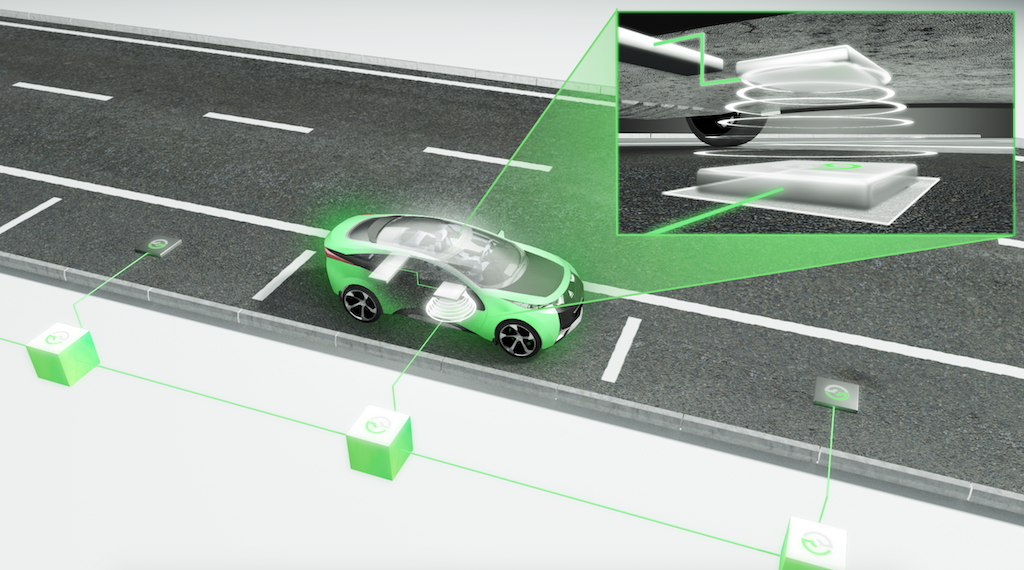Electrical energy can be transferred in an inductive process from a magnetic coil in or on the road pavement to a receiver coil in the vehicle, eliminating many of the issues currently holding back electric vehicles, Movemnt reports

This allows for many short but high-speed charging processes – for example at shopping centres, in multi-storey car parks or even at home.
Car makers including Audi and BMW are already installing charging coils in new vehicle models.
“Wireless charging is the future,” Stercom Chief Executive Robert Sterff says.
“Short and frequent charging dispenses with the need for large car batteries. This significantly lowers the price of electric vehicles while making them lighter and therefore more efficient.”
Sterff’s company develops inductive charging technology and German energy storage systems developer Tesvolt has recently become a shareholder.
Tesvolt Chief Technical Officer Simon Schandert says the investment aims to accelerate the development of wireless charging and potentially dynamic inductive roads
“Our aim is to work together to bring highly efficient charging systems to the market and even in the medium term to enable inductive supercharging with up to 200 kW charging power. This would also make it more efficient to charge while driving in the future.”
The big problem to date is capacity, Tesvolt Commercial Director Daniel Hannemann explains.
“So far the only wireless charging suitable for mass-production offers just 3.2 kW. We want to introduce an inductive charging station with a charging power of 44 kW, which is 14 times faster.”
There are still significant challenges when it comes to inductive charging. Short and powerful charges place high demands on batteries and the issue of how to pay for wireless charging is yet to be resolved.
Roads of tomorrow
The Michigan Department of Transportation is to design, fund, evaluate, iterate, test, and implement a wireless charging network along a one-mile stretch of state-operated roadway.
It will be the first wireless charging infrastructure on a public road in the US.
Wireless taxis
A three-year program in Gothenburg, Sweden will investigate the potential of wireless charging for electric taxis operating within a live city environment.
The taxis will be driven for more than 12 hours a day and 100,000 km per year, providing a real-world durability demonstration in a commercial use scenario.
The charging starts automatically when the adapted taxi is located over a charging pad embedded in the taxi rank. The taxis will utilise an onboard camera to guide drivers to the charging position.
Project partner Momentum Dynamics Chief Executive Andy Daga says automated charging provides unlimited driving range for high intensity driving.
“Our system enables Gothenburg cab drivers to stay in revenue service all day. This project perfectly outlines the automatic electric taxi charging model for any city looking to implement zero emission transportation as well as use by passenger vehicles.”
A UK government-backed project also aims to demonstrate the suitability of wireless charging technology for taxis.
Taxi ranks in the medium to large cities of Nottingham, Coventry and London are to be fitted with inductive pads allowing the vehicles to charge while waiting for the next ride.
This has the potential to increase range and by reducing the need to plug-in, vehicles can be in service for more of a driver’s shift.







